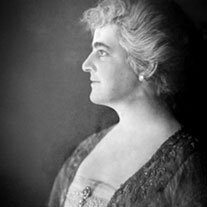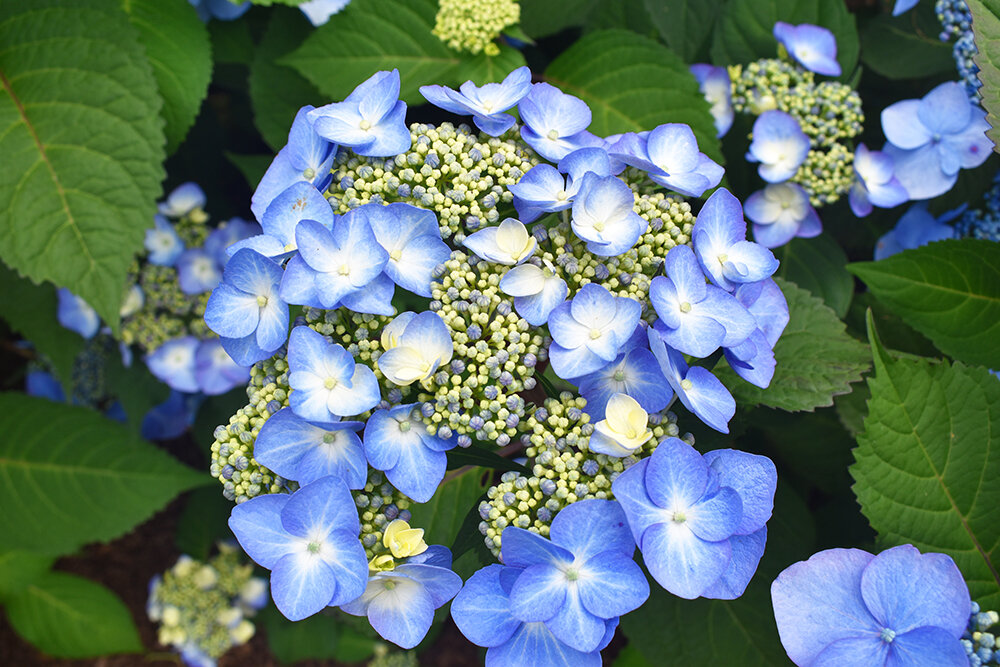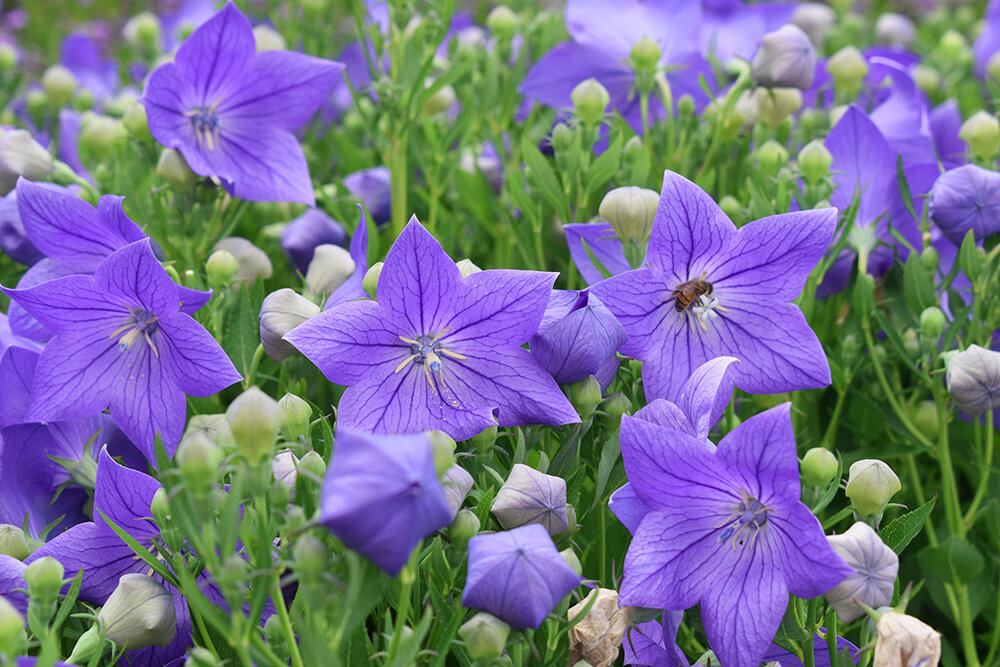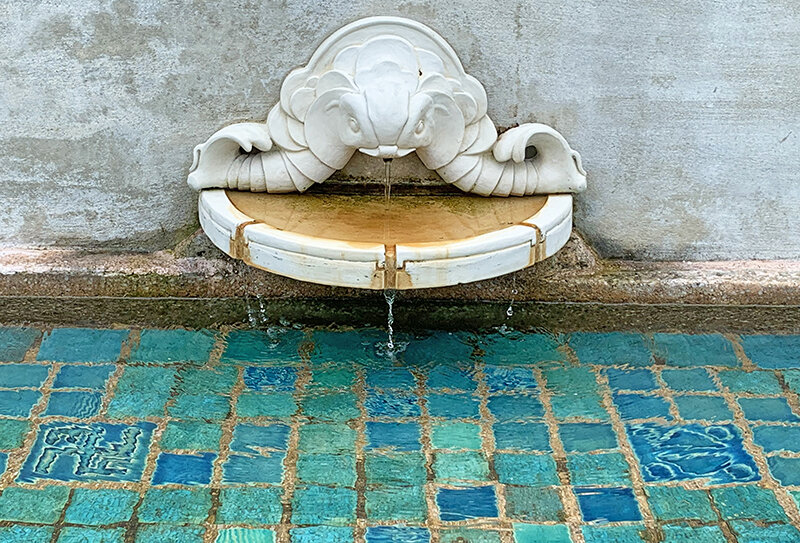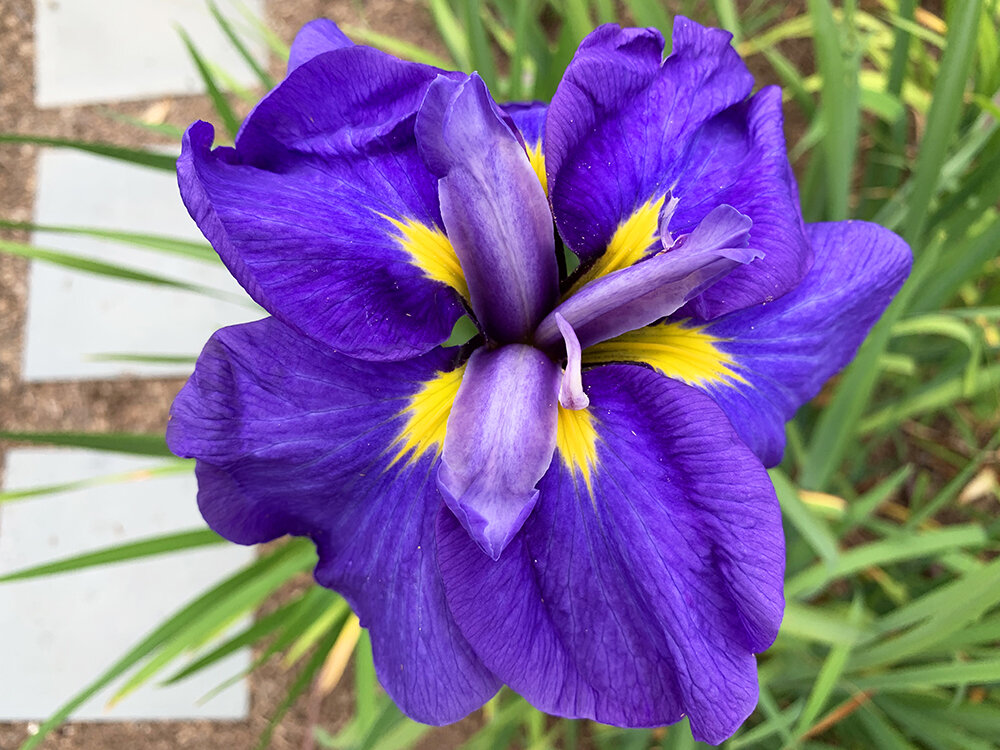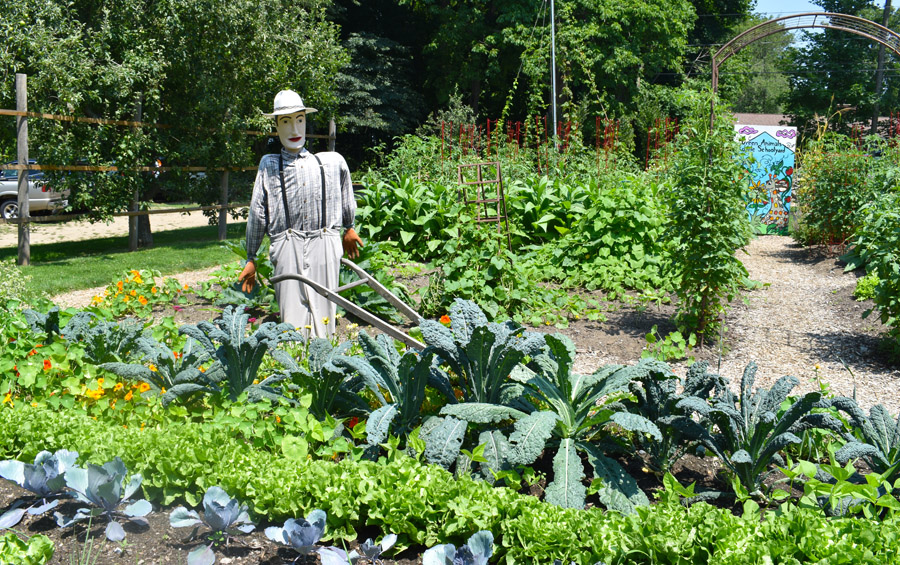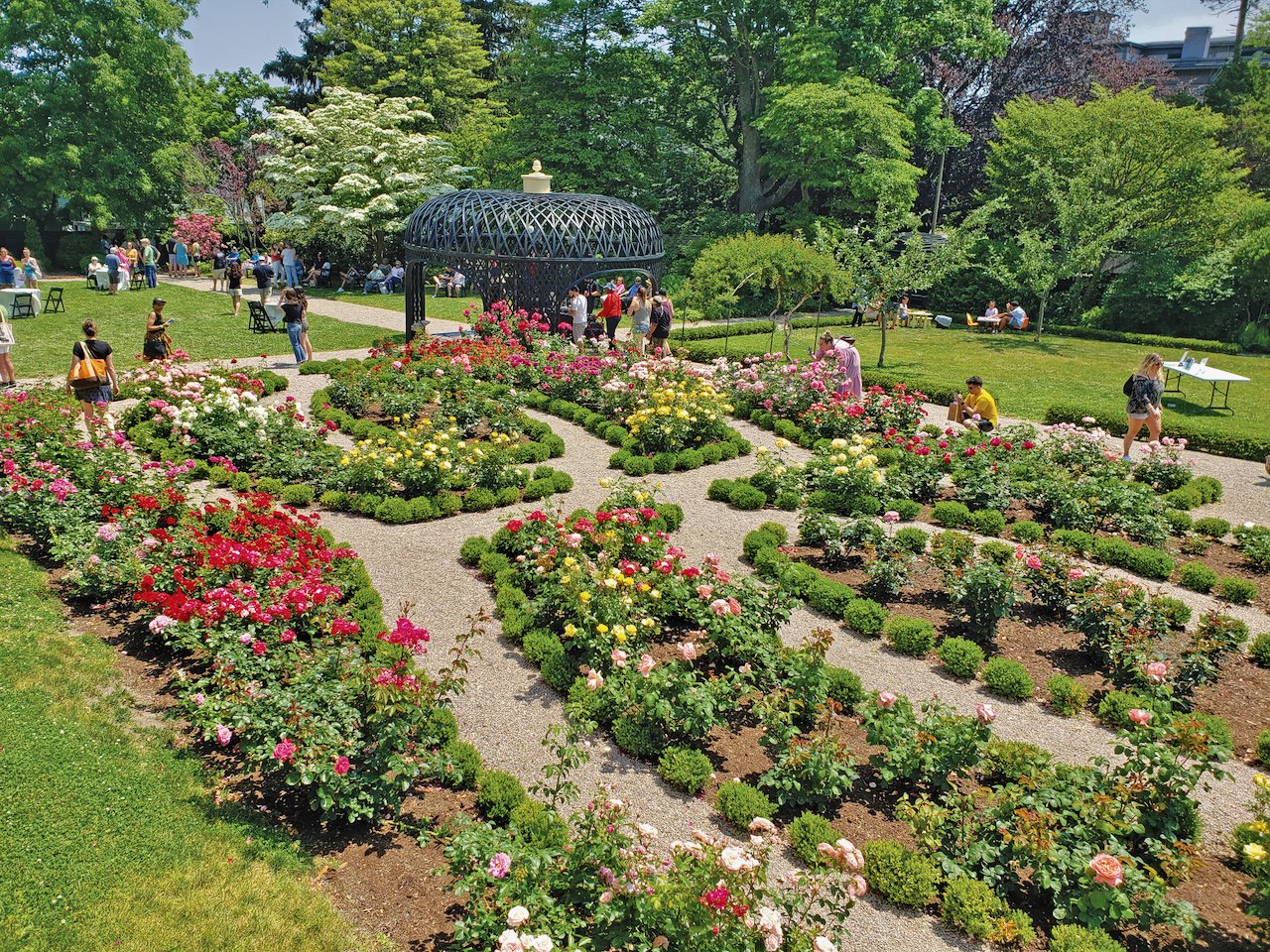Newport's Blue Garden
/The most coveted invitation of the 1913 Newport summer season was for the Masque of the Blue Garden, an inaugural soiree for the magnificent garden created for Arthur Curtiss James and his wife, Harriet Parsons James.
Three hundred guests were greeted by Harriet James, who was clad in a blue 16th-century Italian gown embroidered with sapphires and amethysts and crowned with an ornate diamond-studded headdress. After an Italianate pageant staged by professional entertainers, a trumpeter led guests into the James mansion for dinner and dancing.
Arthur Curtiss James made his fortune in copper and the railroads. A private man and one of America’s least-known millionaires, he was happiest sailing his yacht on the sea. Harriet was a vivacious socialite who enjoyed entertaining, fine homes, and beautiful gardens.
When the Jameses built their Newport mansion, Harriet hired Frederick Law Olmsted Jr. to design a secret garden in a monochromatic color palette of blue. Flowers in ethereal shades of sapphire, azure, periwinkle, purple, violet, lavender, gray, and white reflected the sky and surrounding ocean. To keep the garden looking fresh from spring through fall, the beds were replanted several times each year by a staff of 40 gardeners. With its graceful design and signature color scheme, the Blue Garden became a Newport showplace and the site of lavish parties and garden tours.
After both Jameses died in 1941, maintenance of the Blue Garden suffered. In 1967, the mansion was devastated by fire and demolished, and the property was subdivided into house lots and sold. The once-glorious Blue Garden disappeared under a thick covering of invasive trees and vines.
In 2012 philanthropist, preservationist, and horticulturist Dorrance Hamilton funded the restoration of the garden. Hamilton was an important member of Newport society, a benefactor of Blithewold and the Philadelphia and Newport Flower Shows, and a neighbor of the Blue Garden.
Completed in 2015, the renovation of the Blue Garden reflects Olmsted’s design intent but utilizes a 21st-century plant palette that allows for simplified maintenance.
Enclosed by low walls, trellises, and a columned pergola, the Blue Garden is classical in layout with a cruciform shape. A long reflecting pool, lined with Persian-inspired blue tiles and fine spray jets, is connected with a runnel to a square lily pond.
Boxwood, Caryopteris, and ‘Twist-n-Shout’ lacecap hydrangeas provide structure, while beds of mixed perennials, annuals, and bulbs create a long season of bloom. You will find perennial salvias, balloon flowers, phlox, monkshood, asters, false indigo, and delphiniums augmented with annual bachelor buttons, lantanas, morning glories, plumbago, lobelias, and agapanthus. Cobalt blue ceramic pots accent the plantings. The Blue Garden is once again a showplace in Newport thanks to the creativity and dedication of two amazing women.
Excerpted from The Garden Tourist’s New England by Jana Milbocker.
The Blue Garden, Newport, RI 02919, thebluegarden.org
Hours: June 13–Oct.10: 11 am & 2 pm, by appointment only. Admission: $15, online tickets required




